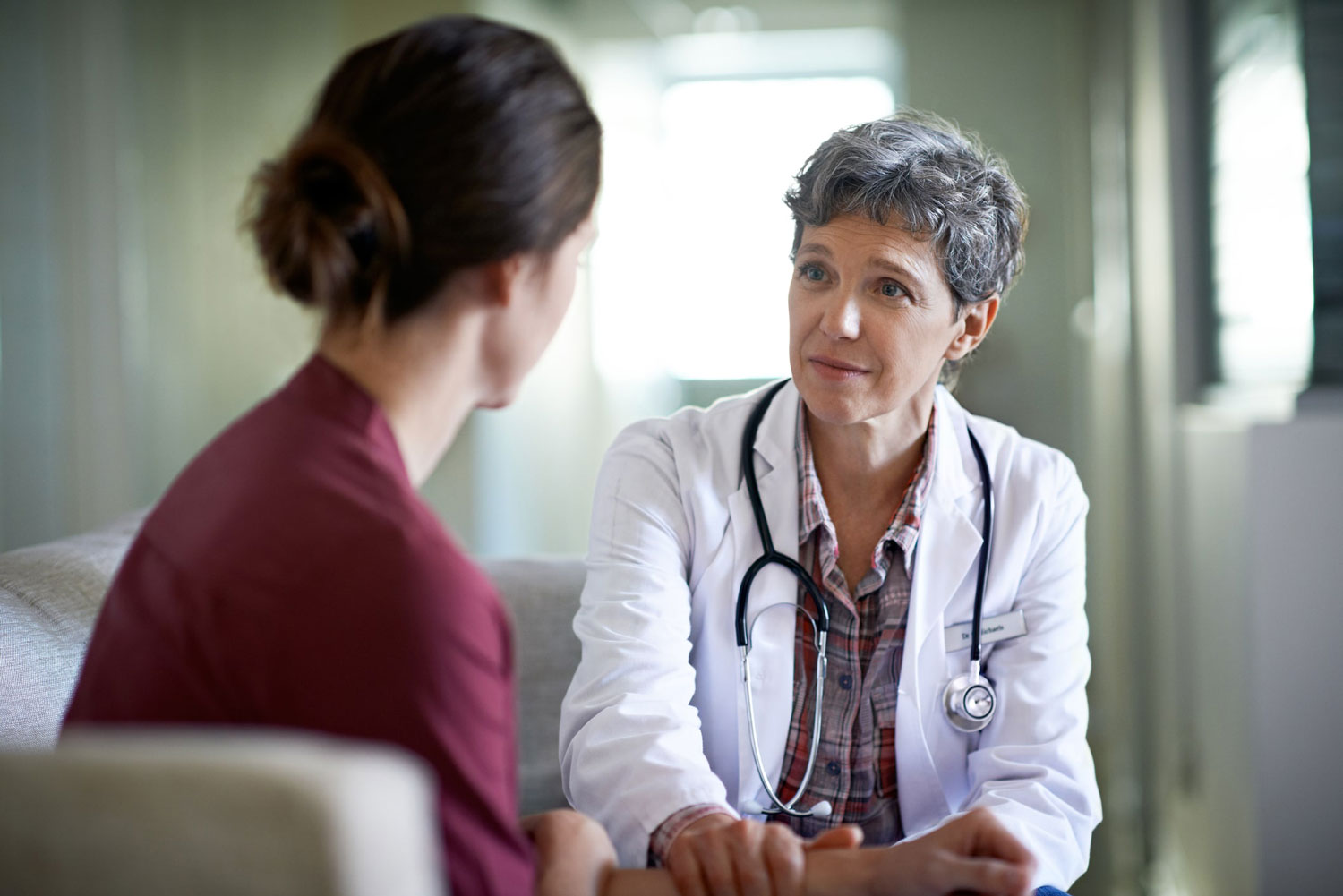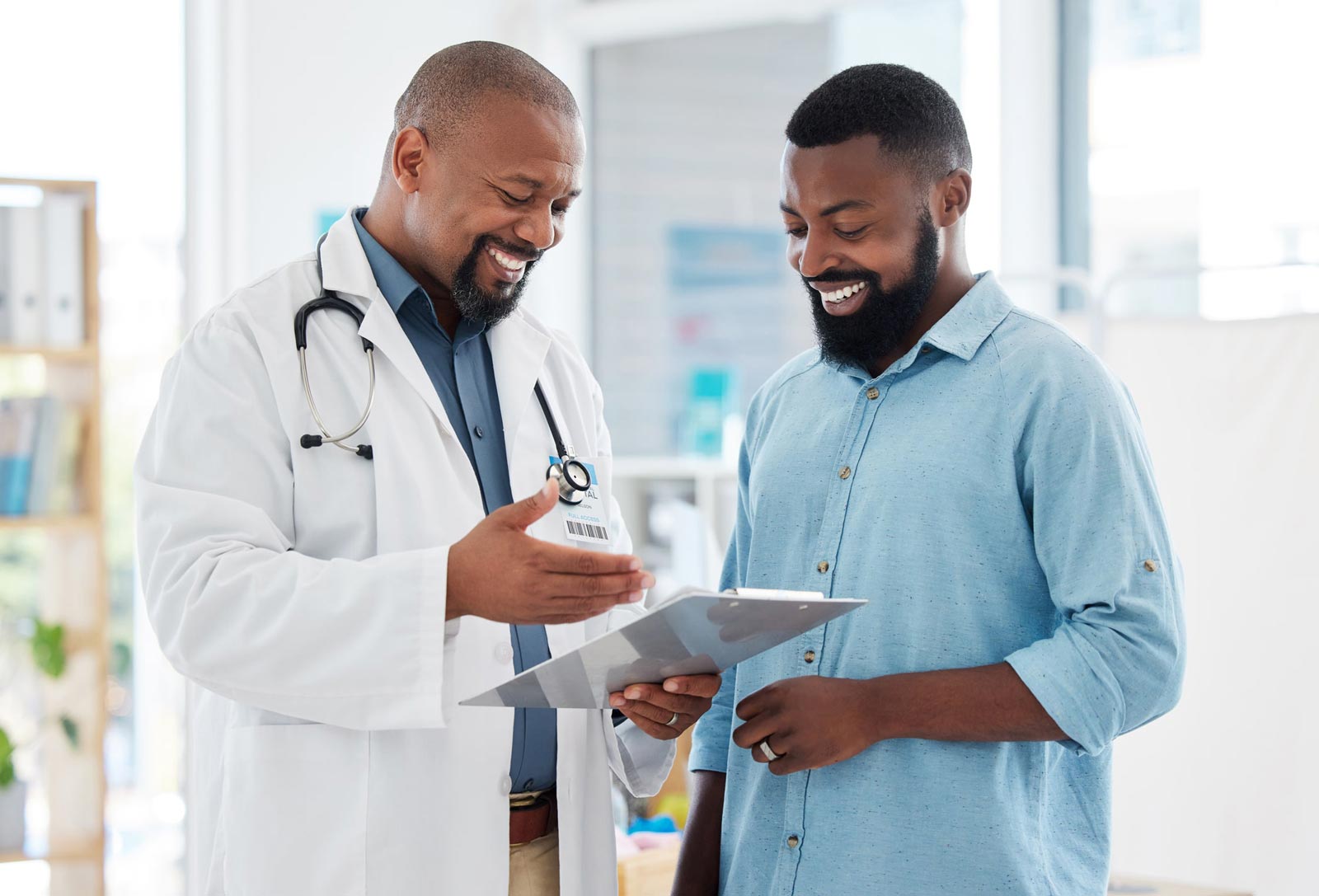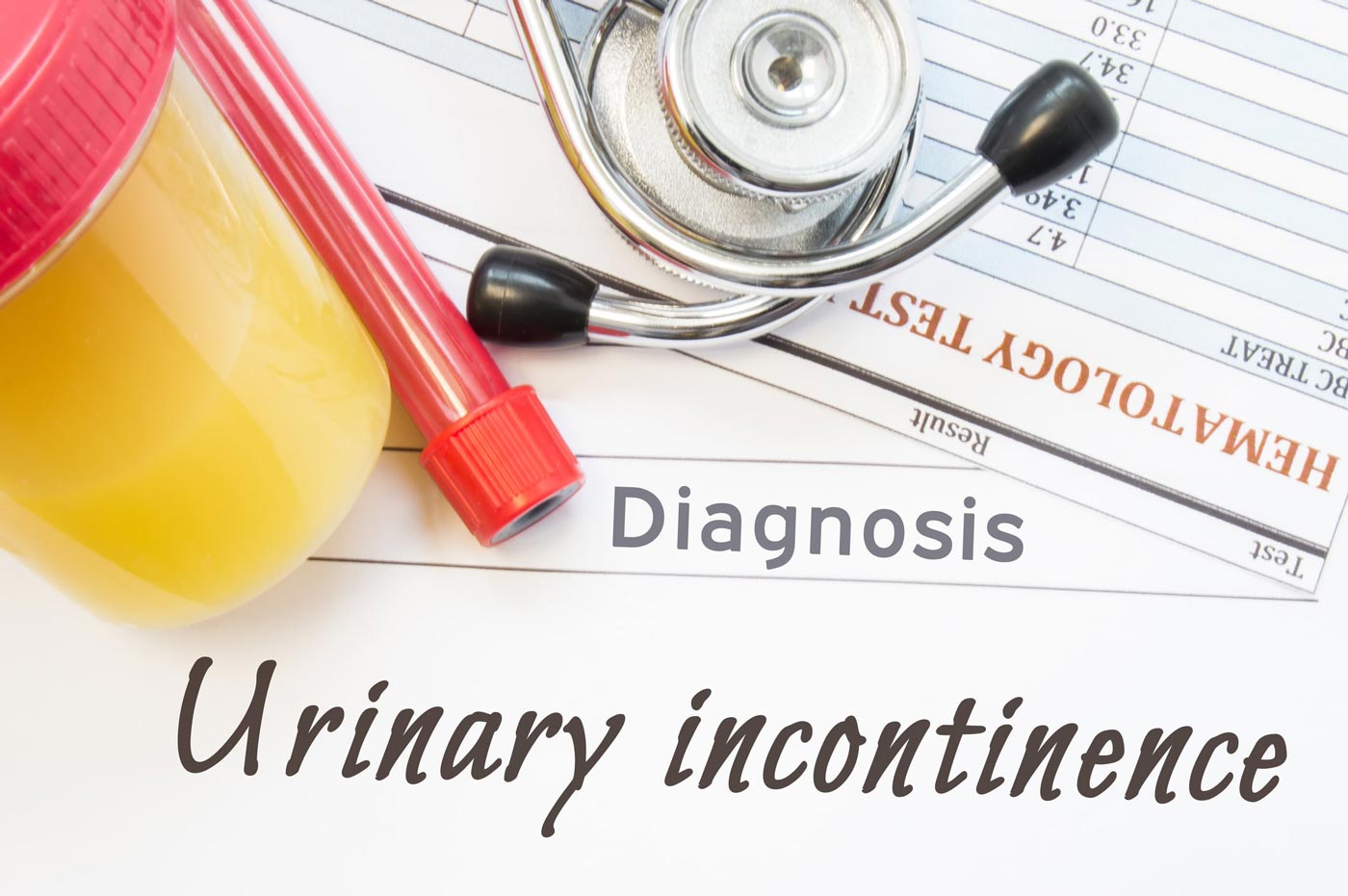Douleurs vésicales
Douleurs vésicales
Qu’est-ce que la douleur vésicale?
La douleur vésicale est une affection courante, principalement chez les femmes, qui peut être attribuée à différents facteurs. Il peut s’agir d’une infection des voies urinaires, de calculs vésicaux, de la maladie de Crohn ou même d’un cancer de la vessie.
Mais la cause de loin la plus fréquente de la douleur vésicale est une affection connue sous le nom de cystite interstitielle (CI), ou comme on l’appelle parfois, le syndrome de la douleur vésicale (SDV). Ce syndrome survient lorsque votre vessie est enflammée ou irritée et est susceptible de provoquer la plus forte douleur lorsque la vessie est pleine.
Jusqu’à récemment, le syndrome de la douleur vésicale était difficile à diagnostiquer. C’est pourquoi le nombre de personnes qui en souffrent demeure incertain. Le SDV peut toucher les hommes et les enfants dans une moindre mesure que les femmes.
Symptômes de la douleur vésicale
L’une des principales raisons pour lesquelles le syndrome de la douleur vésicale a été difficile à diagnostiquer est que les symptômes sont très similaires à ceux d’une infection de la vessie. Cependant, comme aucune bactérie n’est détectée lors d’un test d’urine et qu’il n’y a généralement pas de réponse au traitement antibiotique, votre médecin peut suggérer le syndrome de la douleur vésicale comme étant le principal responsable de votre douleur à la vessie.
Les femmes atteintes du SDV ressentent des douleurs à la vessie lorsque leur vessie se remplit et trouvent un bref soulagement lorsqu’elles urinent. Ainsi, afin de subir le moins de douleurs possible, une femme atteinte du syndrome de la douleur vésicale peut aller aux toilettes entre 15 et 40 fois sur une période de 24 heures. Par conséquent, le manque de sommeil devient une complication supplémentaire à cette affection douloureuse. Les symptômes peuvent également être aggravés en période prémenstruelle et lors de l’activité sexuelle.
En général, les symptômes du syndrome de la douleur vésicale peuvent comprendre :
- mictions fréquentes, y compris le besoin de se lever pour aller à la toilette pendant la nuit
- besoin urgent d’uriner
- incontinence urinaire ou fuite
- douleur (abdominale, urétrale, vaginale ou périnéale)
- vessie cicatrisée ou rigide
- glomérules (saignement ponctuel)
- ulcères (ulcères de Hunner) et les lésions de la vessie
Quels sont les traitements pour une vessie hyperactive?
Malheureusement, le diagnostic de la douleur vésicale prend souvent beaucoup de temps, car c’est un processus de diagnostic par élimination.
Il n’existe pas de test de diagnostic unique pour le syndrome de la douleur vésicale. Toutefois, votre médecin ou spécialiste voudra examiner minutieusement vos antécédents médicaux et vous faire passer un examen pelvien ainsi qu’une série de tests d’urine. Cette démarche a pour but d’écarter d’autres affections traitables avant d’envisager un diagnostic de syndrome de la douleur vésicale.
Les infections urinaires et le cancer de la vessie sont les plus courants, tant chez les hommes que chez les femmes. Chez les hommes, les autres maladies courantes que votre médecin pourrait diagnostiquer sont la prostatite chronique ou le syndrome de la douleur pelvienne chronique. Chez les femmes, l’endométriose est une cause fréquente de douleur pelvienne.
Le diagnostic de SDV est donc généralement attribué à :
- une douleur liée à la vessie, généralement accompagnée d’une fréquence et d’une urgence de miction, et;
- l’absence d’autres maladies pouvant provoquer les symptômes
- Analyse d’urine et culture d’urine : L’examen de l’urine au microscope et la création d’une culture permettent d’identifier les principaux organismes connus pour infecter les voies urinaires et qui peuvent provoquer des symptômes similaires au SDV.
- Culture des sécrétions de la prostate : Procédure rarement pratiquée qui consiste à prélever du liquide prostatique et à l’examiner à la recherche de signes d’une infection de la prostate, qui peut ensuite être traitée par des antibiotiques.
- Cystoscopie sous anesthésie (avec distension vésicale) : Un cystoscope (un instrument fait d’un tube creux du diamètre d’une paille avec plusieurs lentilles et une lumière) est utilisé pour voir l’intérieur de la vessie et de l’urètre. Votre médecin peut également distendre ou étirer la vessie jusqu’à sa capacité en la remplissant d’un liquide ou d’un gaz. Cette opération est douloureuse pour les personnes atteintes du SDV et se fait généralement sous anesthésie.
- Biopsie par cystoscope : Une biopsie est effectuée pendant une cystoscopie pour aider à écarter la possibilité d’un cancer de la vessie.
Principales causes des douleurs vésicales
Les causes exactes du syndrome de la douleur vésicale sont inconnues, et plusieurs théories sont avancées. L’une de ces théories suggère qu’un événement peut agir comme un déclencheur de la douleur.
Certains de ces déclencheurs pourraient être :
- Infection bactérienne
- Extension excessive de la vessie due à de longues périodes sans aller aux toilettes
- Lésion des nerfs de la vessie ou de la moelle épinière ou des nerfs qui les entourent
- Problème dû à une intervention chirurgicale ou à une blessure physique
D’autres théorisent que les symptômes du SDV peuvent provenir de plusieurs anomalies différentes de la vessie elle-même. Il s’agirait plus précisément de la surface de la vessie, de l’apport sanguin à la vessie ou aux micro-organismes présents dans la vessie.
Et d’autres encore suggèrent que la douleur vésicale peut résulter de l’auto-immunité (lorsque le corps attaque ses propres cellules saines), ou de la libération d’histamine à partir d’un nombre élevé de mastocytes dans la vessie.
Traitement de la douleur vésicale
Le fait est que les scientifiques n’ont pas encore trouvé de remède contre le syndrome de la douleur vésicale, et qu’ils ne peuvent pas non plus dire si les gens répondront à certains traitements mieux qu’à d’autres.
Dans certains cas, l’organisme se défend sans explication. Cependant, même lorsque les symptômes disparaissent en raison d’un changement de régime alimentaire ou d’autres traitements, ils peuvent revenir au bout de quelques jours, semaines, mois, voire années.
Malheureusement, les scientifiques ne savent pas pourquoi. Étant donné que les causes du SDV ne sont pas connues, les traitements actuels visent à soulager les symptômes de la douleur vésicale.
La gravité de vos douleurs vésicales peut nécessiter l’essai d’une combinaison de différentes options de traitement pour identifier ce qui fonctionne le mieux pour vous. Il est également logique de discuter de vos options avec votre médecin. Les options thérapeutiques peuvent comprendre une combinaison de modifications du mode de vie et de traitements médicaux.
Les modifications du mode de vie peuvent comprendre :
- Changement de régime alimentaire (réduire la consommation d’aliments et de boissons très acides comme les aliments épicés, les boissons gazeuses caféinées et l’alcool)
- Renoncement au tabagisme
- Exercices d’étirement légers
- Rééducation de la vessie Les traitements médicaux peuvent comprendre :
- Ordonnance
- Physiothérapie
- Distension de la vessie
- Instillation de la vessie (aussi appelée lavage de la vessie ou bain)
- Stimulation électrique des nerfs
- Chirurgie - la fulguration et l’ablation des ulcères - augmentation (augmentation de la vessie) - cystectomie (ablation de la vessie)
Changements de style de vie et exercices pour soulager les douleurs vésicales
Vous devez toujours consulter votre médecin avant d’essayer un traitement, mais ces petits conseils peuvent vous aider à soulager vos douleurs vésicales. Ce sont aussi des gestes qui peuvent être posés dans le confort et la sécurité de votre domicile :- Relaxez-vous en position accroupie, les genoux relevés vers la poitrine
- Buvez 8 verres d’eau par jour pour éviter que votre urine ne devienne trop concentrée et ne provoque des irritations.
- Portez des pantalons et des jupes amples pour vous aider à rester à l’aise.
- Naturellement, si votre douleur vésicale est persistante ou si un symptôme particulier vous inquiète, consultez votre médecin dès que possible.






